
Planting & Harvesting Kale: Companion Plants & Sowing
Fresh vegetables from the garden are rare in winter, but there are some specialists. Kale can stay in the bed all winter and is also particularly nutritious! You can find out how to grow this healthy winter vegetable successfully in this article.
This Article Contains:
- Planting Kale: What You Need to Know
- The Best Location for Kale
- Good Companion Plants & Succession Cropping
- Mixed Cultivation With Kale: Examples for Your Planting Plan
- Kale Varieties: An Overview
- Planting and Sowing Kale: How It Works
- Caring for Kale Properly
- Kale: Diseases & Pests
- Harvest & Process Kale
- Frequently Asked Questions About Planting and Harvesting Kale
Quick Overview
Planting, Sowing and Harvesting Kale
- Sowing from mid-May - June
- Planting from June - early August
- Harvest from November until spring
Sowing Tips & Location
- Sowing depth: 2 cm/0.8 in
- Planting distance: 40 x 50 cm/15.7 x 19.7 in
- Location: sunny to semi-shady
- Soil: rich in nutrients and humus, prepare the bed with compost or manure
Good & Bad Companion Plants of Kale
- Good companion plants e.g. artichoke, eggplant, bean, borage, dill, pea, cucumber, chamomile, potato, coriander, caraway, chard,...
- Bad companion plants e.g. strawberry, fennel, garlic, cabbage, lovage, turnip, marjoram, horseradish, mizuna, okra, rocket,...
Planting Kale: What You Need to Know
Kale (Brassica oleracea var. sabellica) belongs to the cruciferous family (Brassicaceae) and is therefore related to Radishes, Red Cabbage and Brussels Sprouts. You can find an Overview of Different Cabbages and Tips on Growing Them in this article. It forms a tall, sturdy stem on which more or less curly leaves grow. Among cabbage varieties, kale is considered one of the healthiest. It contains a lot of fiber and, like Brussels sprouts, has a higher protein contentthan other types of cabbage. It also contains a considerable amount of iron, as well as the minerals potassium and calcium. It provides almost all the B vitamins, vitamins E and C, as well as provitamin A. Due to its high protein and iron content, kale is a great addition to a complete diet, especially for vegetarians and vegans.
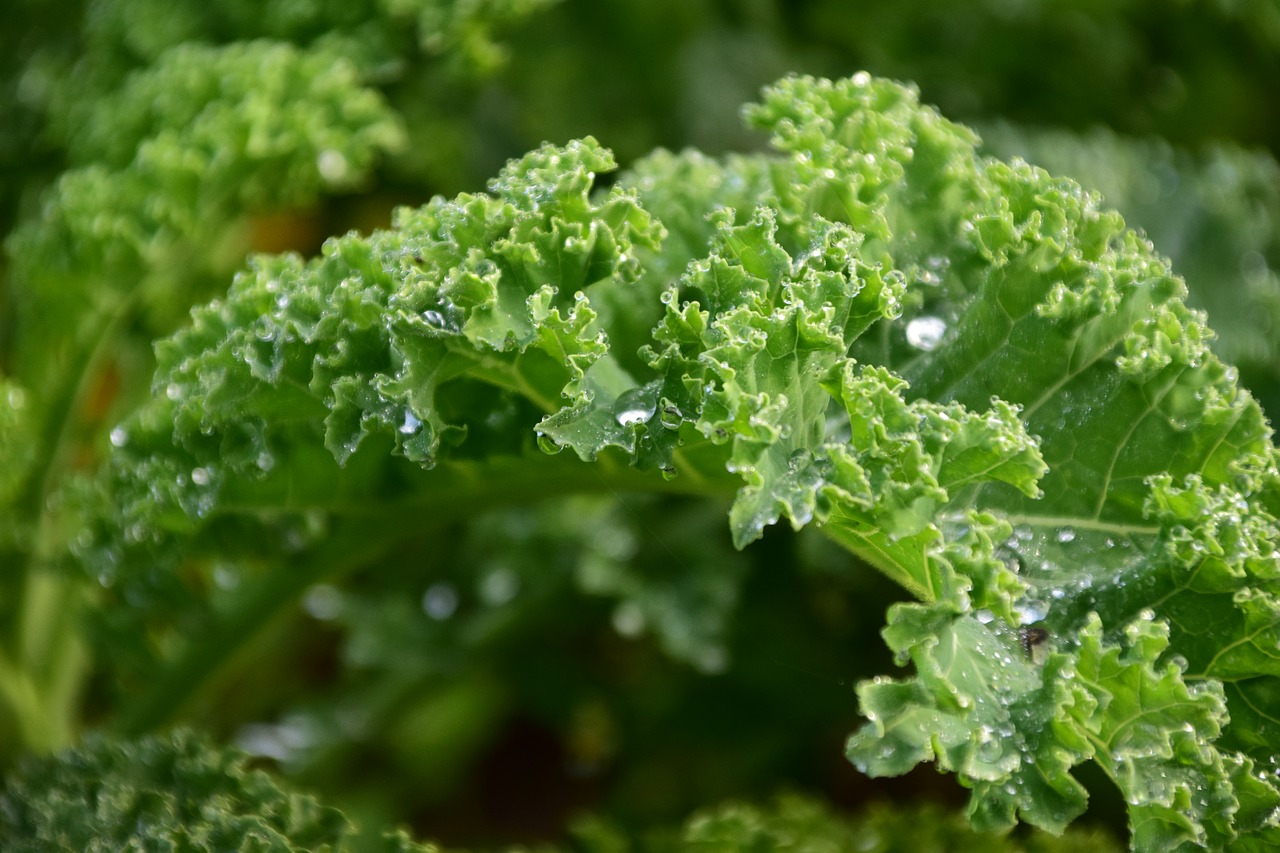
The Best Location for Kale
Kale is more modest in its requirements than head cabbage and Brussels sprouts. A semi-shady spot in the garden is sufficient for it, but full sun does not harm it either. Like all types of cabbage, it prefers humus-rich and nutrient-rich soil, but is less hungry than its starving relatives. Kale can also grow in light sandy soil, but you should prepare the soil a little. To improve water and nutrient retention, you can enrich your sandy soil with mature compost or rotted manure. Kale remains on the bed throughout the winter, it can withstand temperatures down to -15 °C/- 59 °F and can always be harvested fresh, even in the cold season.
Good Companion Plants & Succession Cropping
| Good Companion Plants - Vegetables | Good Companion Plants - Herbs | Bad Companion Plants |
|---|---|---|
| artichokes | borage | leafy cabbage |
| eggplants | dill | cauliflower |
| beans | camomille | broccoli |
| peas | coriander | cChinese cabbage |
| cucumber | caraway | strawberries |
| potatoes | mint | fennel |
| swiss Chard | oregano | garlic |
| carrots | parsley | kohlrabi |
| parsnip | marigold | cabbage |
| physalis | sage | lovage |
| postelein | turnip | |
| radish | majoram | |
| black radish | horseradish | |
| rhubarb | minzuna | |
| beetroot | okra | |
| salad | pak Choi | |
| celeriac | rocket | |
| spinach | swede | |
| jerusalem artichoke | ||
| onion |
Kale is great for planting in a mixed crop. If you combine it with ground-covering crops, you can make optimum use of the space in the bed. But you can also plant climbing crops such as peas and beans next to kale. Good companions and bad companions for kale and how you can plan a Mixed Crop With Kale can be found here in the article. You can also find examples of good pre- and post-crops here.
Mixed Cultivation With Kale: Examples for Your Planting Plan
We have prepared some examples for your mixed kale garden. You can find inspiration for your vegetable patch in these bed plans. You can also use the bed plan directly for your garden and get started right away!
Crop Rotation & Succession Planting

However, make sure that you take at least a three-year break from growing other cabbage plants. If your cabbage was affected by disease, five to six years is even recommended. In the same year, kale is suitable as a successor crop for potatoes.

Plan Your Mixed Culture
With our Bed Planner you can easily plan a colorful mixed crop. Good and bad companion plants are shown right away, and you get crop rotation tips!
Plan Your Vegetable PatchKale Varieties: An Overview
Extremely frost-hardy, late varieties are usually dark and blue-green in color. Earlier varieties have a lighter color.
- Vitessa: Early variety with light green, finely curled leaves.
- Ostfriesische Palme: Traditional, tall variety (up to man-high on nutrient-rich soils). Sow as early as mid-April.
- Low Green Curly: Approximately knee-high, making it particularly stable and also suitable for small gardens.
- Vates Blue Curle: Frost-resistant, low variety.
- Westwälder Winter: Heavily curled, blue-green leaves. Can be harvested until March.
- Lark's tongues: Winter-hardy, half-height variety with long, narrow leaves.
- Half-high green ruff: Dark green, frost-hardy variety with high yields. Freezes particularly well.
- Westländer Winter: Traditional, organic variety.
- Nero di Toscana: Italian variety with palm-like growth and steel-blue leaves. Particularly decorative, the taste is reminiscent of broccoli.
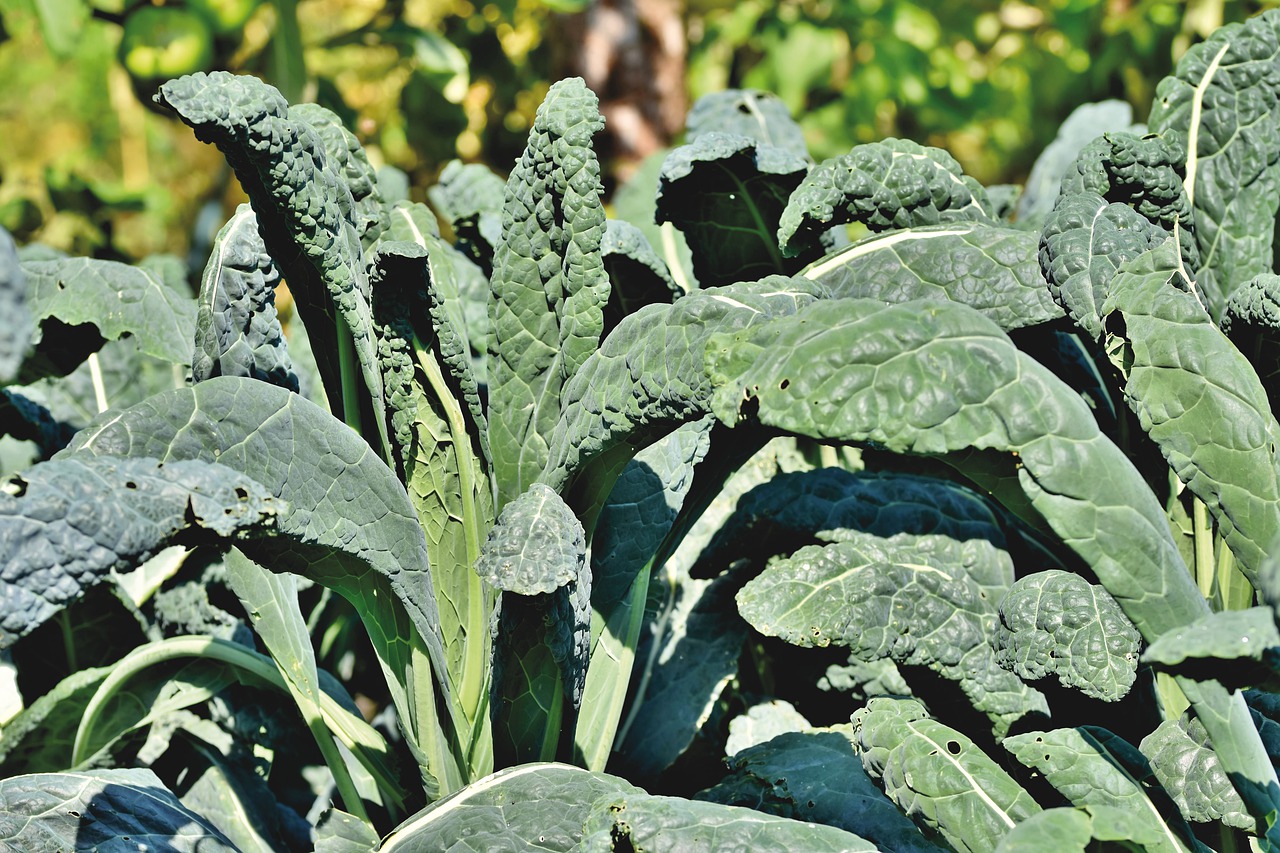
Planting and Sowing Kale: How It Works
You can pre-grow your seedlings in small pots from mid-May to June. As it is already quite warm at this time of year, you can place the pots outdoors. The outdoor climate will help the young plants grow healthier and become more robust overall. Prepare the planting hole in the bed well with compost or rotted manure. Then plant the seedlings 40 x 50 cm/15.7 x 19.7 in apart from June to the beginning of August. The late planting allows larger gaps in the bed to be filled. Plant the young plants a few centimetres deeper into the soil than they were in the pot - this will make them more stable. Alternatively, kale can be sown directly into the bed from mid-May . To do this, draw rows 2 cm/0.8 in deep and place a seed in the hole every 15 cm/5.9 in. This way, you can harvest your kale like spinach for the time being and let some plants grow out later. Always cut off the outermost leaves and leave the heart where new leaves will grow.
Caring for Kale Properly
Like all cabbage varieties, kale needs even soil moisture to grow healthily. You should water your kale regularly, especially in midsummer when the large leaf areas are forming. Mulch can help to keep the soil moist and stimulate soil life. Fresh grass cuttings, for example, can be spread evenly over the bed. The taller the plant grows, the more stable it should be. Over time, you can therefore mound up your kale from time to time to promote root growth and stability. During the main growing season, you can fertilize every two weeks with a little nettle slurry or compost tea. If you have problems with cabbage white butterflies, you should use compost tea, as nettle liquid manure can attract the white butterflies.
Kale: Diseases & Pests
To prevent pests, you should always follow the succession cropping rules: a cultivation break of at least three years between cruciferous crops. In the event of disease infestation, this should be extended to five to six years.
Cabbage hernia: A fungal disease that attacks the roots and thickens them into lumps. To prevent this, sprinkle a tablespoon of seaweed lime into the planting hole and keep the cultivation break between cruciferous plants.
Whiteflies: They sit on the underside of the leaves and suck on the plant sap, making the leaves sticky. Spraying with neem oil can help here.
Cabbage white butterfly: The caterpillars eat the leaves and leave their droppings behind. They are very voracious and can eat entire plants bare. After planting, the seedlings should therefore be covered with vegetable protection nets.
Earth fleas: They eat holes in the leaves in dry weather. Evenly moist soil (e.g. through mulch) can help prevent this.

Harvest & Process Kale
Only harvest your kale after the first frosts, only then will it taste really good. In general, the longer your kale is exposed to winter temperatures, the sweeter and milder its taste will be. The stored starch is converted into sugar at cool temperatures, but sub-zero temperatures are not permanently necessary. The main harvest period is usually from November to January, although fresh, young shoots can occasionally be harvested in spring. In general, the outer leaves of kale are harvested first. They are tougher than the young leaves and should therefore be cooked for longer. The inner, young leaves, on the other hand, taste particularly delicious. They are particularly aromatic and are not called the heart for nothing. So that the kale can continue to grow in mild weather, you should leave the stalk and the heart. It is best stored alive on the bed, similar to leeks. The leaves will only keep for a few days in the fridge, but you can freeze them without hesitation. Traditionally, kale is often prepared as a side dish with meat, but homemade kale chips are also very popular at the moment. When cooking, make sure to heat the kale as slowly as possible to preserve most of the vitamins.
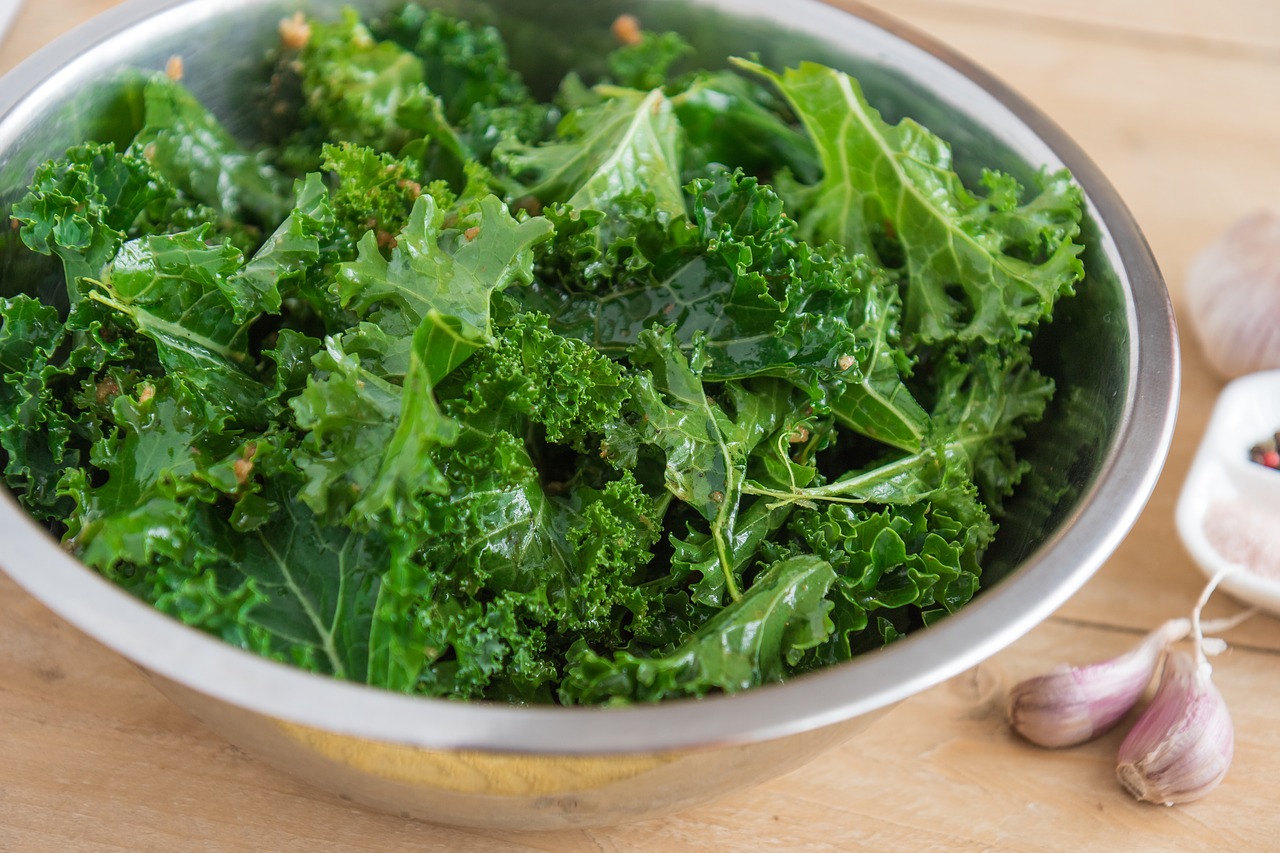
Kale is a healthy winter vegetable that no vegetable garden should be without. I hope you now have everything you need to successfully grow it yourself. If you have any questions or comments, please write to us at [email protected].
Want to get helpful gardening tips all year round and plan your own beds in the best possible way? Then register here or download the Fryd app for Android or iOS.
Fryd - Your digital bed planner
Cover image by Brian McGowan on Unsplash.

Annabell
Annabell is studying agricultural biology at the University of Hohenheim. She also enjoys gardening in her private life, spends a lot of time in nature and loves to be creative.
Learn MoreCurrent Topics in the Community
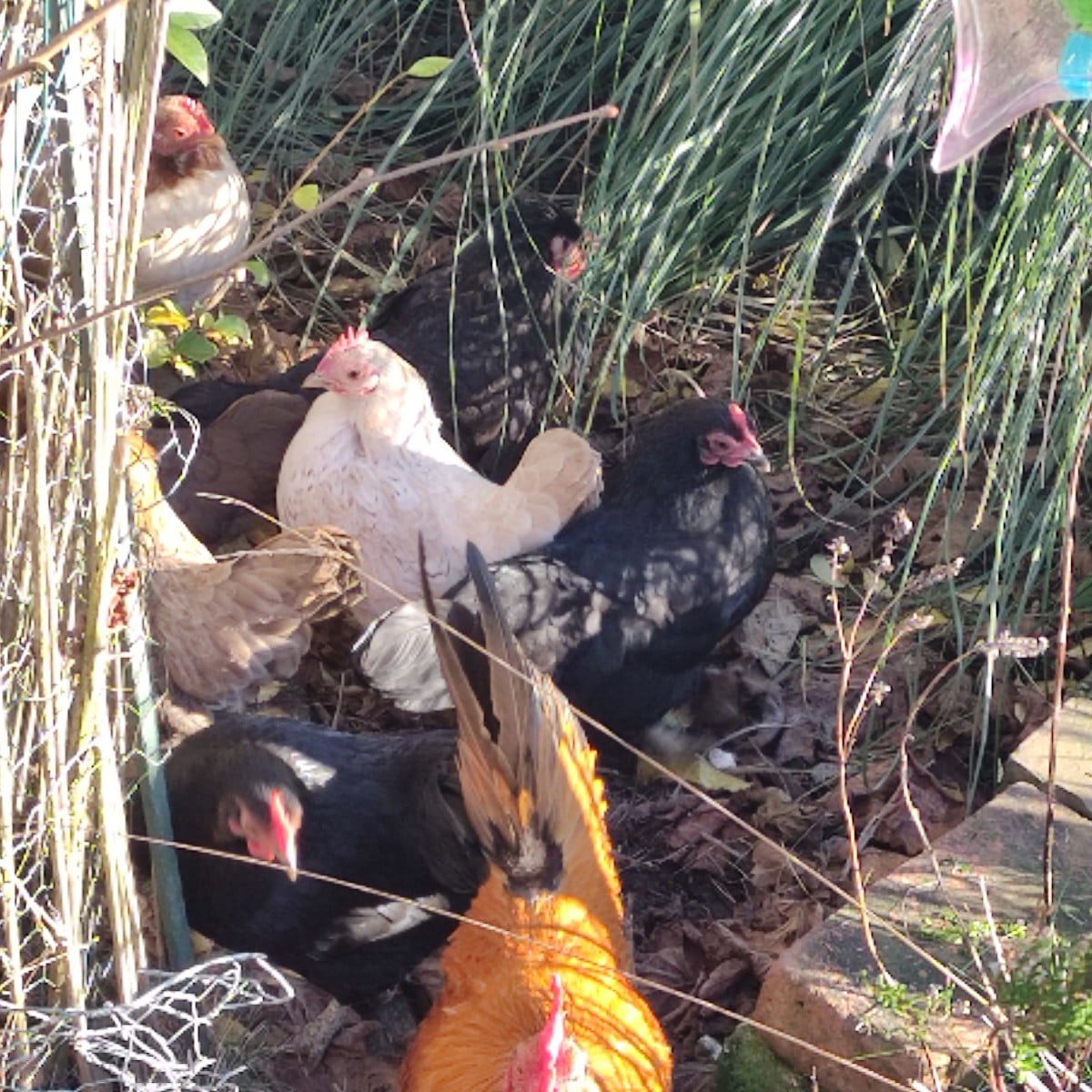
Liked 1 times
The chickens are not happy about the cold weather.
Show 1 answer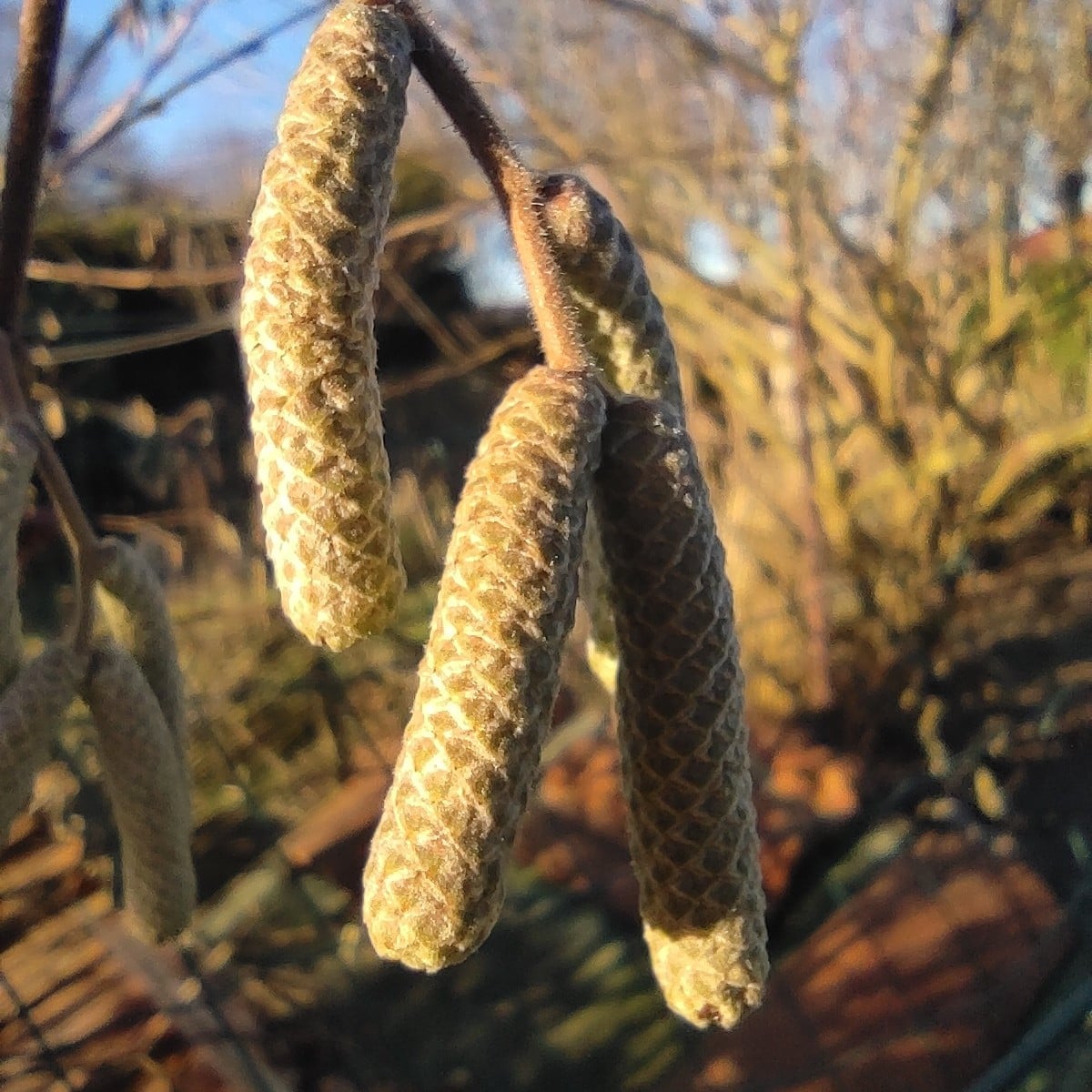
Liked 1 times
Without words
Show 1 answer
Liked 4 times
It may have actually worked with the shiitake smuggled into the fallen birch tree in our forest 🍄
Popular Articles

Overwintering Parsley: How to Do It Successfully

How to Grow Lettuce in Winter: Varieties, Sowing, Harvesting

Growing Sage Plant: Tips for Sowing and Harvesting

What Herbs Can Be Planted Together?

Create & Design a Permaculture Garden

Overwintering Plants: Tubs, Pots and Raised Beds

Pruning, Fertilizing & Propagating Currants: Care Tips

Pruning Raspberries: How to Do It

Vegetable Garden With Greenhouse: How to Use Greenhouse Effect

Winterizing Beds and the Garden: How to Do It
FAQ
What are companion plants for kale?
There are some good neighbors for kale. Vegetables such as eggplant, beans, peas, potatoes, chard, carrots, physalis, radishes, lettuce and celery go well next to kale. Herbs such as borage, dill, chamomile, caraway, mint, oregano, parsley and sage are also good neighbors
What are bad bed companions for kale?
Cabbage such as collard greens, broccoli or Chinese cabbage are bad neighbors, as are lovage, horseradish, rocket, garlic and onions. You should also plant marjoram, okra and strawberries somewhere else.
You can start cultivating or direct sowing from mid-May to June. Place the seeds about 2 cm/0.8 in deep in the soil and keep a planting distance of 40 x 50 cm/15.7 x 19.7 in.
If you have pre-grown your seedlings, you can plant them in your vegetable patch between June and August. Make sure they are planted in a location with nutrient-rich soil and good neighbors such as beet, celery or spinach.